Learning the different types of diseases that may affect your crops is important if you are to control what your plants are ailing from. You should try these prevention methods before planting in order to avoid having to diagnose diseases that may harm your crop. Below is a list of the most commonly found bacterial diseases that you may have to deal with through the course of your gardening adventure.
Contents
Bacterial Diseases
Scab of Root Vegetables
As the name suggests this bacterial disease mainly affect plants that have edible roots such as potatoes, carrots, radishes, beets, turnips, parsnips, and rutabagas. This particular bacterium is able to affect all or part of the root creating small brown depressions that are easily visible when you pick the vegetable. They live on manure and other decaying matter throughout your garden. Soils that are compost rich will have organisms that are able to reduce the population of this type of bacteria.
Angular Leaf Spot Affecting Cucumbers and Melons
This bacterium enters through wounds on stems of cucumbers, melons, summer squash, and other plants from the cucurbits family. Coming in contact with the soil and insects moving among these plants will easily spread this bacterium around causing harm to many of these plants.
You may first see spots on the leaves of your plants when they become soaked with water. White and yellow colors on the top of the leaves are present and sometimes can release a brown greasy substance on the undersides. Once these spots dry they will leave holes in the affected plant.
Tomato Blight or Bacterial Canker
This is a big problem that affects mostly tomatoes and can spread very quickly throughout the garden. The bacterium that causes this bacterial disease can last up to five years in the soil mostly around decaying plant debris and other plant residues. Sometimes seeds can contain the bacteria before you even plant it into the soil.
Most of the time it will attach older plants that have developed fruit or is in the process of producing tomatoes. It is important to look at the leaves especially the margins which may show a brown to black hue. One side of the leaf is affected first, and then the entire leaf is at risk and may turn a dark color and die.
You also may see evidence of this bacterium on your tomatoes as well. Raised white spots will appear and then those areas will turn a brown color with a small halo like shape around them. It also may cause your fruit to be stunted and even much small than they should be.
Potato Ring Rot
These bacteria affect potato vegetables and the first symptoms that may appear are wilted leaves. Not all of the leaves will wilt, but the ones that do may have leaf veins that will turn yellow. Sometimes the leaves may end up curling up making it much more noticeable. Tubers may have the disease, but no symptoms will be present for a few weeks after storing them. Once you cut these tubers the ring rot will be quite visible.
Bacterial Soft Rot
Carrots and potatoes are the main vegetables that will suffer from this disease. Small spots will appear on the leaves and possible the roots. Once they enlarge they will eventually begin to crack and start to become soft and mushy. Once this happens other organisms will enter the roots and may produce a foul sent that will not be hard to notice.
Healthy roots can be affected by infected roots while they are in storage. Wounds caused by freezing will allow these bacteria to enter the roots causing an infection. Insects chewing on the roots are another way for the bacterium to enter the plant. Once they multiply it is hard to stop the spreading and will quickly break down the plant cells and destroy the plant.
Bacterial Spot of Pepper and Tomatoes
Tomatoes and peppers are the main vegetables affected by this bacterial disease. Dark spots will appear on the leaves creating a small yellow halo around them. As the disease progress the stems will eventually become affected and small dark streaks are to be quite visible. Spots will also be visible on the fruits of pepper and tomatoes. These spots will later be used by other bacteria for easy entry points.
Bacterial Wilt
Cucumbers and melons are most likely to be affected by bacterial wilt. This disease starts by leaves beginning to wilt during the day and no matter how much water you give your plants they continue to droop or wilt. At night they will usually perk up and as the disease progresses eventually these leaves will die. Eventually the entire plant is infected and there is not much you can do about it.
The best thing you can do is to control spotted and striped cucumber beetles since they are the main source of transmission. Once they emerge in early spring this is the time to look for them around your plants and dispose of them immediately. They will feed on your plants and spread the bacteria very quickly if you are not aware of their presence.
Black Rot
Brassica plants such as broccoli, cabbage, kale, cauliflower, brussels sprouts, and others are most affected by black rot. Yellow triangle shaped areas on the plant will appear and later in the progression veins will look dark or black. When you cut the stem you can see the dark colored tissue that is cause by the bacteria. Your plants may eventually just completely dry up and die.
Crown Gall
Galls appear more on apples, pears, brambles, and grapes. Some vegetables that are affected by them include carrots, rhubarb, and many others. You can sometimes find them on various ornamental flowers as well.
Galls are basically small spheres on the base or just above the soil line on many plant stems. They are often characterized as looking like tumors since they affect and damage the production of cell division of the plant. They also prevent the plant from getting the nutrients it needs from the soil causing them to grow poorly and wither. In the beginning they are spongy looking and pale, but once they get a little older or once the infection progresses they become dark and hard.
Fire Blight
Fire blight is most commonly found on trees including apples, crabapples, and pears. Ornamentals are also susceptible to contracting this bacterial infection.
When your trees are infected with the bacterial disease fire blight they will looked scorched or burnt. When they first appear they will affect mainly flowers and branches and will look wilted and will eventually turn black. On the cankers that form on the branches a dark colored substance can seep from them. When your roots are infected you may see reddish streaks appear on the bark. The roots will also wither and die once infected.
Peppery Leaf Spot
Brassicas are the main plants that are affected by this bacterial disease. Broccoli, kale, brussels sprouts, cabbage, and cauliflower are the plants you should watch for this infection.
Small dark spots will first appear on many of the leaves of these plants. Once the progression of the infection occurs the spots will eventually grow together creating more spots and become larger. The spots range in color from brown to purplish on leaves and cauliflower heads will have gray or brown spots appearing. Once the spots have covered most of the leaves they will turn yellow and drop from the plant.
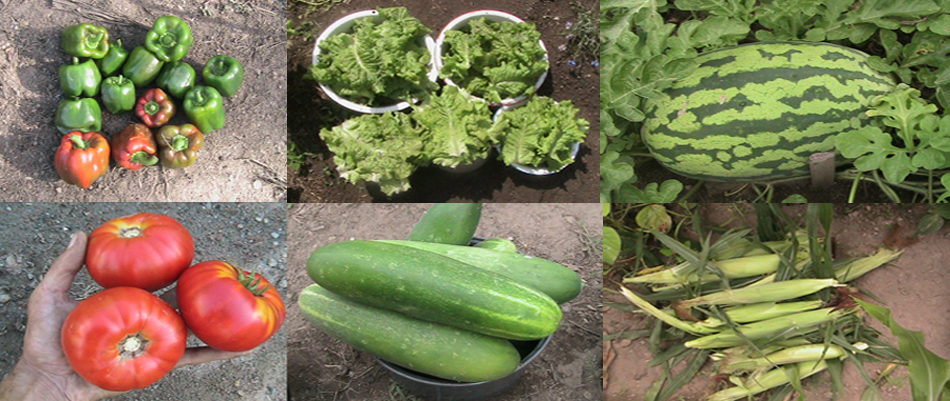
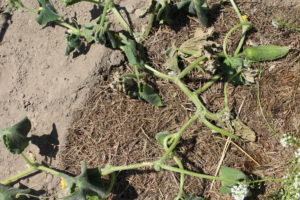


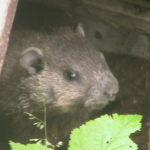
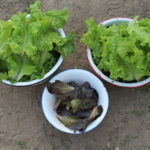
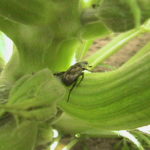

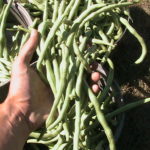
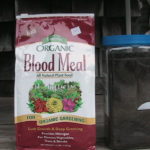
Recent Comments